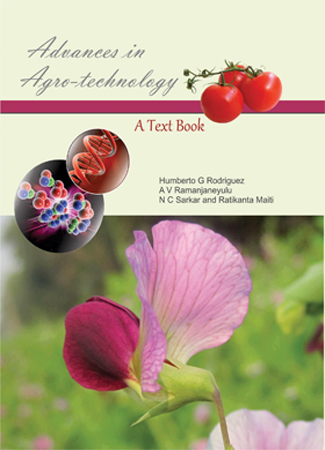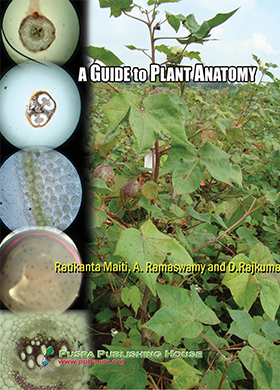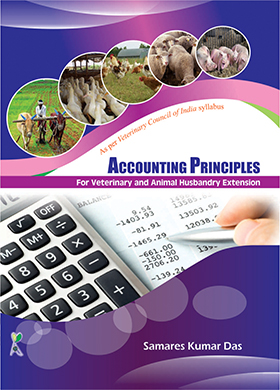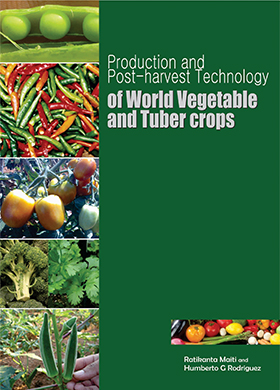Cite
Bamboriya JS, Naga SR, Sharma SR, Choudhary MR, Bamboriya SD. Productivity, Quality and Profitability of Okra (Abelmoschus esculentus) as Influenced by Organic Manures and Biofertilizers IJBSM [Internet]. 21Aug.2018[cited 8Feb.2022];9(1):506-509. Available from: http://www.pphouse.org/ijbsm-article-details.php?article=1174
People also read
Full Research
Lateral Bearing Trait in Indian Walnut (Juglans regia L.) Germplasm: a Potential Yield Contributing Trait in Early Age of the Tree
L. Chand, D. B. Singh, O. C. Sharma, J. I. Mir, K. L. Kumawat, K. M. Rai, S. A. Rather, I. Qureshi, S. Lal and Inder DevIndian walnut, bearing habit, leafy shoot, yield
Published Online : 07 Oct 2017
Research Article
Profitability, Resource Use Efficiency and Marketing of Potato in East Siang Districts of Arunachal Pradesh, India
Lakshmi Dhar HataiArunachal Pradesh, marketing, potato, profitability, resource use efficiency
Published Online : 31 Jul 2022
Research Article
Performance and Economics of Goat Production in Confinement on Feeding Soya Deoiled Cake and Groundnut Cake-Based Concentrate Mixture
P. V. Patil, M. O. Dhage, V. M. Salunke and S. S. GhokeEconomics, goat kids, groundnut cake, growth, performance, soya doc
Published Online : 23 Nov 2022
Research Article
Disturbance to Myristica swamps: Influence on Specific Gravity and Fibre Length of an Endemic and Endangered Tree Species of Western Ghats
B. Tambat, N. Rajaskekar Murthy, K. N. Muniswamy Gowda, G. N. Chaithra, Anil K. Sethy and M. Mahadev MurthyMyristicaceae, swampy, disturbance, specific gravity, fibre length, Western Ghats, wood
Published Online : 28 Feb 2019
Research Article
Genetic Diversity of Amaranthus dubius Mart. (Khedha) Used Tribal Place in Chhattisgarh, India
Deepika Chandravanshi, P. K. Sharma, C. Banjare and Deepa ChandravanshiIdentification, khedha, Raipur
Published Online : 31 Oct 2018
Research Article
Assessment of Water Balance Components of Bhadar River Basin Using SWAT Model
Jainish Kelaiya and P. H. RankArc GIS, Bhadar, water balance, SWAT, groundwater
Published Online : 03 May 2019



.jpg)
.jpg)






